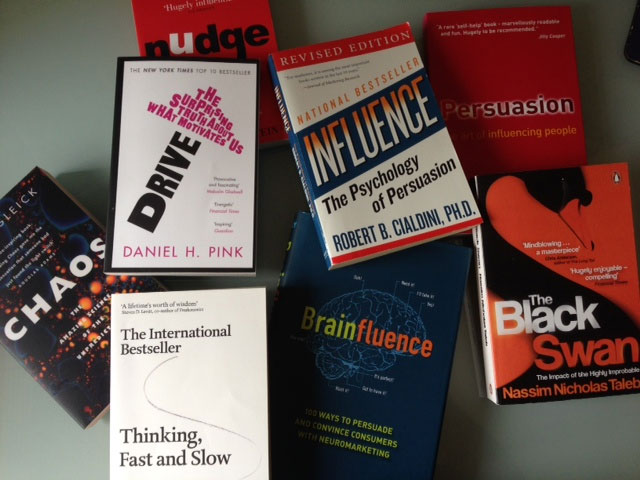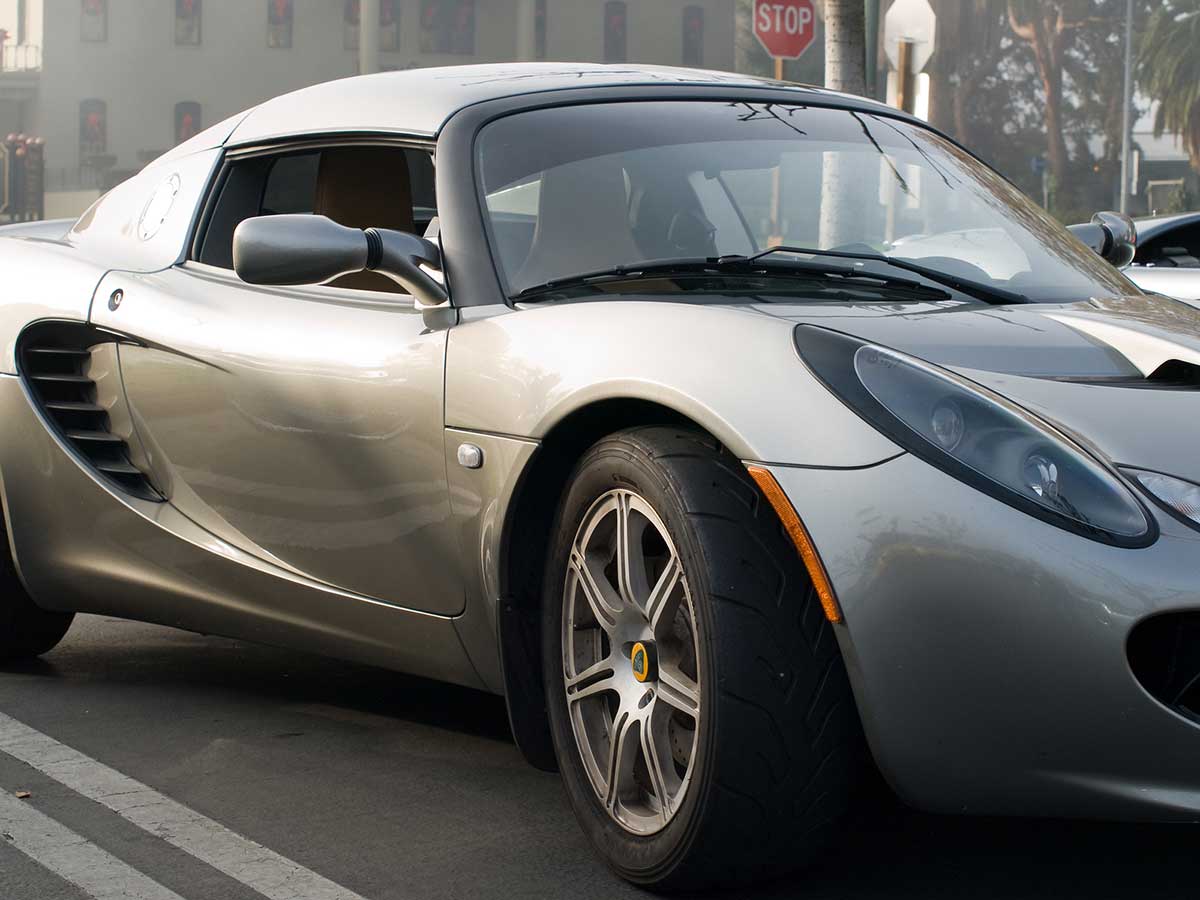I’ve read shelves full of books that help you better understand buyer intent and the crazy way our minds work. I’ve read books that talk about rationality and the principles that lead to works such as Richard Koch’s 80/20 principle. I’ll try to summarise them for you. We don’t do the things that you would necessarily expect.

It’s not about how we think it’s about how we act
Thinking is the process that leads us to act. The search term we type into Google. The link we click. It’s the split second moment that leads us to a new website or a new page.
The closer we get to a decisive action, such as the clicking of ‘buy now’ or heading to the till at the electrical store, the more we being to consider the process. ‘Do I really need to buy this?’, ‘Can I rely justify spending this much money?’.
A lot of businesses. Correction, an awful lot of businesses turn to Google Analytics to understand what’s happening within our website. A lot of the time we focus on what draws traffic to our website. The ads people click. The search queries they type. All that tells us is about initial intent. Initial intent is pretty easy to understand. It’s cold, I’ll head to my wardrobe. I’ll then ponder whether I need a hooded top or just an additional layer. (I live in the NorthWest of England, my decision is usually a little easier to make as I take the hooded top off the hanger…).
A lot of the time what we end up buying, or doing, bears no correlation to what we set out to do.
A true story.
10 years ago I was on the brink of turning 30. 30. yikes. My head was telling me to be a little more sensible in life. A little more grown up. So, I sold my beautiful 650cc motorbike. The beast that allowed me to sprint to my Central London HQ each morning as the majority of commuters rubbed arms on the train and tube. I’d been riding a bike for 8 years. Without injury. Without alarm. But, I’d decided I’d pushed my luck. It was time to be more sensible.

I sold the bike and decided I needed something more secure. I did my research and decided upon buying a 4×4. A chelsea tractor. Which 4×4? More investigation. Let’s go with the Land Rover Discovery. I’ll make sure it’s in black. They looked rather angry. Like a bike on hormones… or so I thought.
I found myself, one Sunday morning, at my local Land Rover dealer. I stood there listening to the salesman waffle on about all the safety features and new this and new that which would help with fuel efficiency. I got to the stage I could no longer stifle my yawns.
Would I like a test drive? No offence to Discovery owners, but I’d spent the past 8 years riding a motorbike. I thought the Land Rover was my calling as I fast approached 30. I was wrong.
So, I did what any rationally minded individual did who’d spent weeks researching 4x4s. I drove 2 miles up the road to another manufacturer dealership and placed a deposit on a Lotus Elise.

Spot the difference?
I set out believing I needed something sensible. I ended up buying something that suited me, at that moment, more. I stopped kidding myself about who I believed I should be.
Whilst the two brands, the Lotus & the Land Rover, are poles apart in terms of styling (one being an all purpose off-roader, the other more suited to the tarmac track) they represent a similar mindset. Iconic British brands. In retrospect, the purpose I set out to achieve, the baseline purpose, was to travel from A to B.
Did I need additional space? Not really, at this stage my 2 children weren’t upon us. Was I tempted by the 4×4 chassis? Not particularly, I lived in London, the closest I’d get to off-roading was clipping the curb whilst parallel parking. It was only when I found myself at that final decision making stage did I realise my heart and brain were in sync. Then, it came down to what I actually desired most – speed and fun. That’s what Lotus meant to me.
Two very different products at either end of a spectrum of choice. Actually though, far closer in terms of brand rationality than two similar shaped cars, a Fiat 100 and a Kia Picanto, as an example
When you advertise online there’s a potential gulf between what people believe they need (the search query) and what they action (the purchase). Don’t feel that understanding the intent outlines what people naturally go ahead and do.
What’s important?
Let’s switch focus. The two brands Lotus and Land Rover are poles apart in their brand proposition. They represent a certain element of the buying public. They represent opposing interests. The key is that they DO represent something. They offer purposeful difference. They tell a story of the owner. They’re decidedly focused upon their niche in the market. You know what you’re getting with each brand. You know what that brand means to you. Sometimes, you just need to open the driver door and let your customer decide whether what you represent is what they’re really after.
